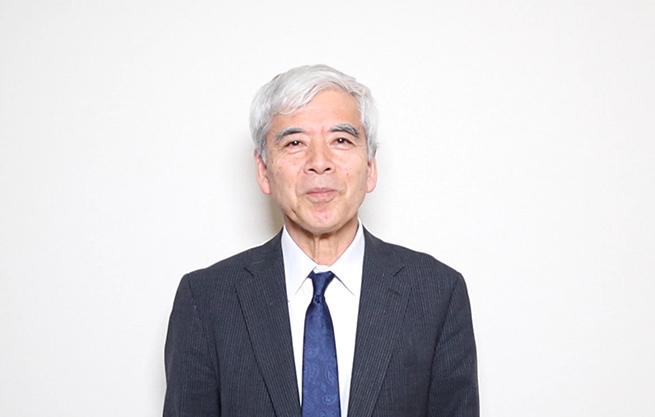"The question is how to let everybody participate in this modern work environment," says Mr. Kakiuchi. The story of Parts Seiko, Mr. Kakiuchi’s long term client, is a valuable subject within the newly published book Strategic KAIZEN™ written by Masaaki Imai, founder of Kaizen Institute. Mr. Kakiuchi and Mr. Imai worked closely together in the 90’s to help companies in the United States and Europe while providing training for local consultants. This was shortly after the KAIZEN™ methodology was introduced as a secret of Japan’s competitive success. Today, KAIZEN™ remains as relative and powerful to increase competitiveness for companies globally. In this fourth article of a five-part series, Mr. Kakiuchi explains the changes in the market and his recommendations how to face them to Risa I. Cox, Managing Director of Kaizen Global Enterprises.
So far, you have shared a lot about the past. Now, please share your view of how the world is changing.
Managers who resist KAIZEN™ must be people who are not interested in production. I work as a lecturer at Japan Management Consultants Association and am in charge of the course to train production managers. This is a large organization, but mine is the only course for manufacturing. Other courses are for financing or mental training. Managers of companies tend to be attracted to trendy or accessible courses, but not to the crude manufacturing course. I think the interest in manufacturing is decreasing in general. Perhaps, managers who are interested in manufacturing are fewer than before. This naturally makes it difficult to do KAIZEN™.
Most of your current clients are Japanese companies. What are specific problems that Japanese companies face now?
We are short on young people. For example, if you suggest 24 hours operation with three shifts, nobody will come. So, there is no choice but to hire foreign labor through temporary agencies. There are language barriers and there is no tacit understanding which we could have among Japanese people. This is not the work place for KAIZEN™. Supervisors keep worrying about staffing and training new people day and night, because people quit quickly and easily. Unlike old days, companies are no longer the places where everybody thinks together and works on KAIZEN™ together.
Mr. Yukio Kakiuchi
Further, the Japanese market has shrunk in recent years and China also became capable of making functional products. Japan, in the meantime, is having to make products that are sellable, knowing what the customers want and please them.
"...There has to be top-down policy deployment, which is a premise.”
How would you help Japanese and non-Japanese companies alike?
I would like to understand what objective they want to achieve in a top-down approach and what they expect to see specifically. Based on that understanding, I would ask who is responsible for carrying out the program. For example, if a company wants to improve the quality, who is responsible for improving the quality? They may have to do more research on materials and maybe the design itself is a problem, or their handling of tools might be wrong. If workers are not taught how to use tools, then everybody is responsible.
The question is how to let everybody participate in this modern work environment. Instead of making a speech to insist everybody’s participation is important, I suggest to let everybody join in the method I mentioned before and clean the place. Then, start KAIZEN™ using what you learned so far. People can understand the importance of bottom-up much better once you use your own body. This is one way to start. Needless to say, there has to be top-down policy deployment, which is a premise. Without it, nothing works. But when nothing works, even if there is a specific instruction, I suggest using the method and collecting small ideas which enable people to act even without instruction.
Interested in reading about how to succeed while business is changing? Watch out for the next blog post to be published on Friday, March 25th!
Click below to read the first three blog posts of this series:













